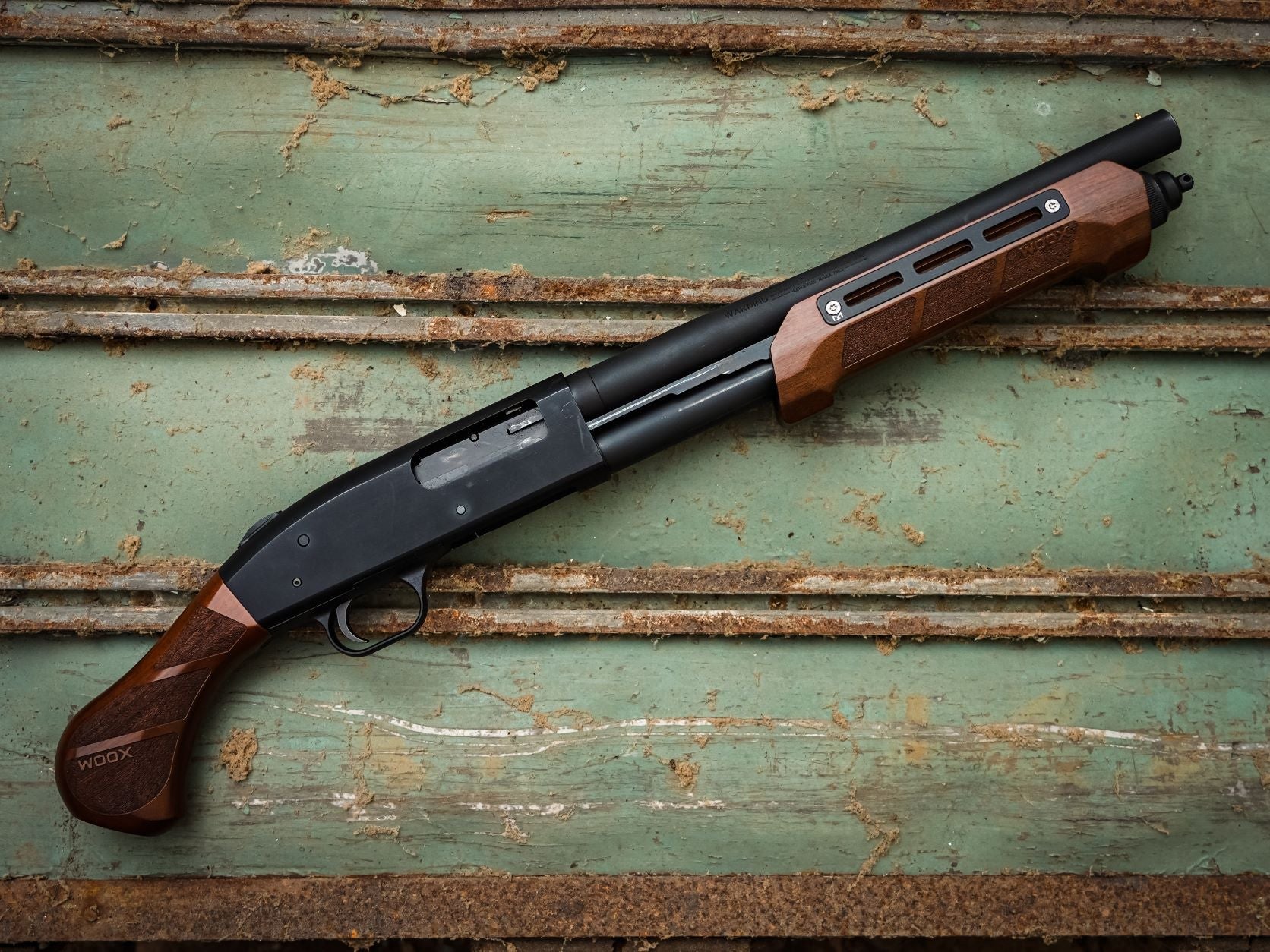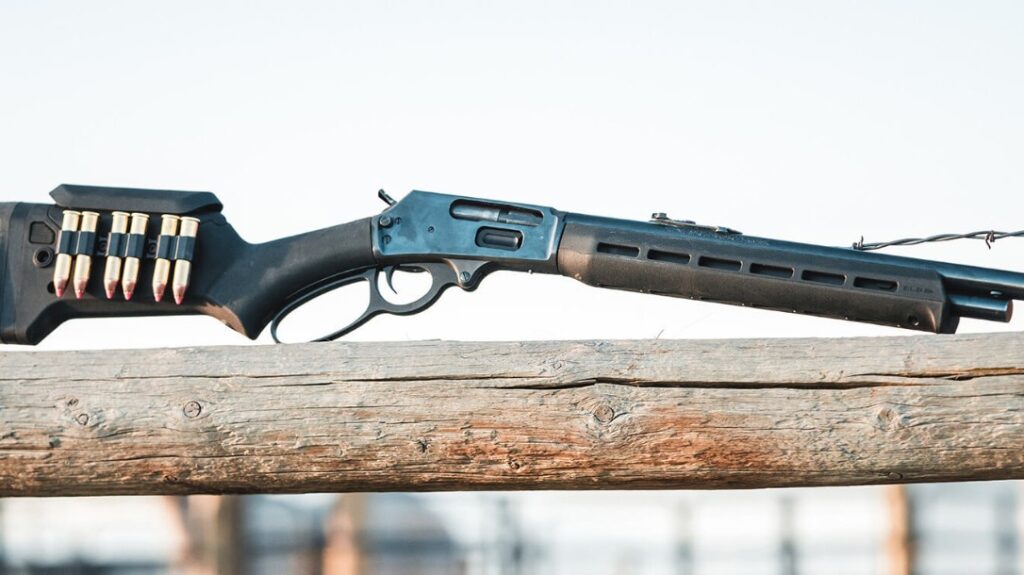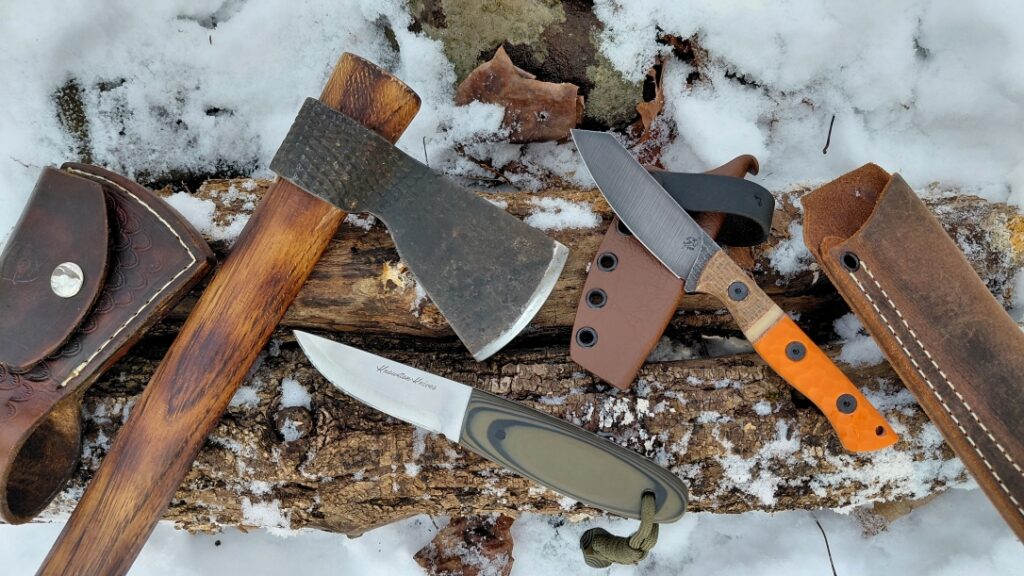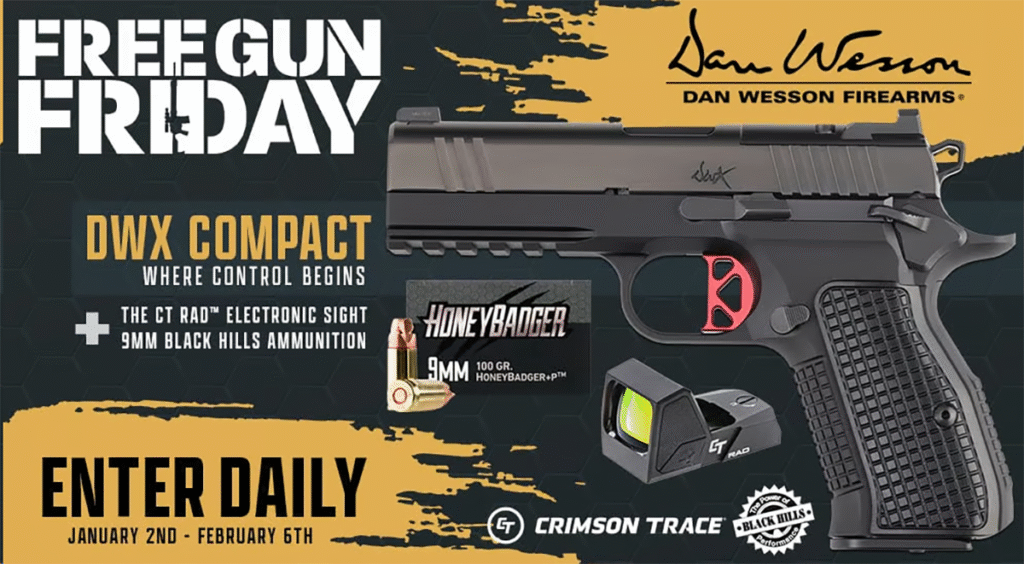Looks are a big part of guns. We like guns that look nice. It’s the reason why we love stainless steel or two-tone guns. Looks play a role in our firearms selection to a certain extent. Sure, the most popular gun on the market is the plain Jane Glock series, so looks aren’t as important as function but looks matter. Today, I will dig into my five favorite unbeatable aesthetics in the world of firearms.
Unfluted Cylinders
Revolvers, in my opinion, always look nice or mostly look nice. Some of those cheap German guns were hot garbage. In fact, lots of European revolvers are hot garbage in the looks department. America rules! One of my favorite looks when it comes to firearms is revolvers with unfluted cylinders. The smooth, unfluted cylinders not only look fantastic but also give a stainless revolver a striking appearance that sets it apart from the rest.
It’s slightly cheaper for gun manufacturers to produce guns with unfluted cylinders because there is less manufacturing.
Advertisement — Continue Reading Below
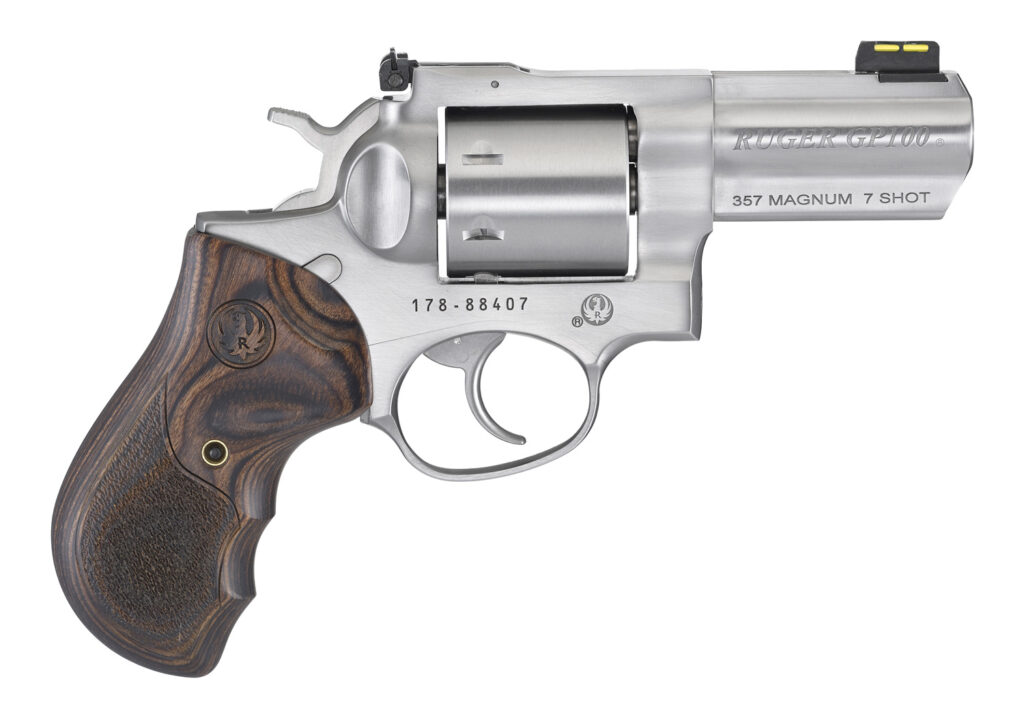
Unfluted cylinders used to be a sign of a cheap revolver, but fluting has been so standardized that it’s the norm, so unfluted smooth cylinders are uncommon and unusual.
They look fantastic and combine well with classic revolver aesthetics. Unfluted cylinders also add weight to the gun, which helps with recoil, providing a slight benefit. Companies like Taurus produce unfluted cylinders for guns like the 692 to distinguish the 9mm cylinder from the .357 Magnum cylinders.
Advertisement — Continue Reading Below
Carry Handles
Oh boy, the carry handles have come back hard. In fact, they’ve become popular enough to get a little cringy. Most people associate carry handles with the AR and retro firearms, but I love carry handles on all sorts of firearms. FALs with carry handles? Yes, please. The same goes for carry handles on Barretts, the KS7, machine guns, and more.
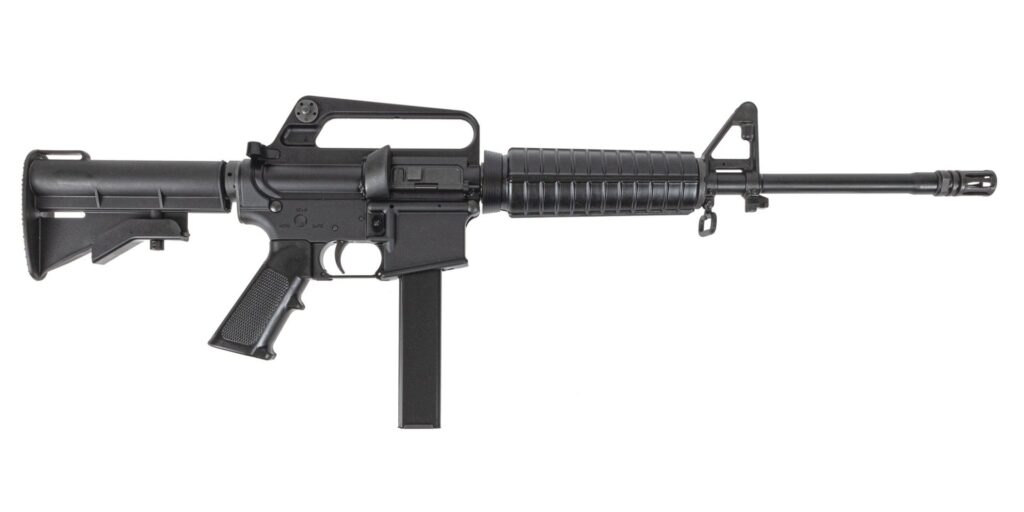
In most cases, they harken back to the days of retro guns, but they’ve evolved. Guns like the Hellion from Springfield Armory have a carry handle-like apparatus, but it’s not a carry handle per se. Most modern ‘carry handles’ come with optics rails and are never designed to be used to carry the gun. They still give the gun that retro look that’s tough to beat.
Advertisement — Continue Reading Below
Carry handles can be one of the more useful aesthetics. They can be used to carry the gun, but often house sighting systems as well as position optics at a surprisingly nice height. Carry handles can carry on for as far as I’m concerned.
Wood Furniture Where It Doesn’t Belong
I like wood furniture on all guns. To be clear, I think wood looks fantastic on military surplus rifles, classic hunting rifles, and shotguns. However, when it comes to wood, the unbeatable aesthetics apply to wood where it doesn’t belong. I’m talking wood on modern tactical weapons.
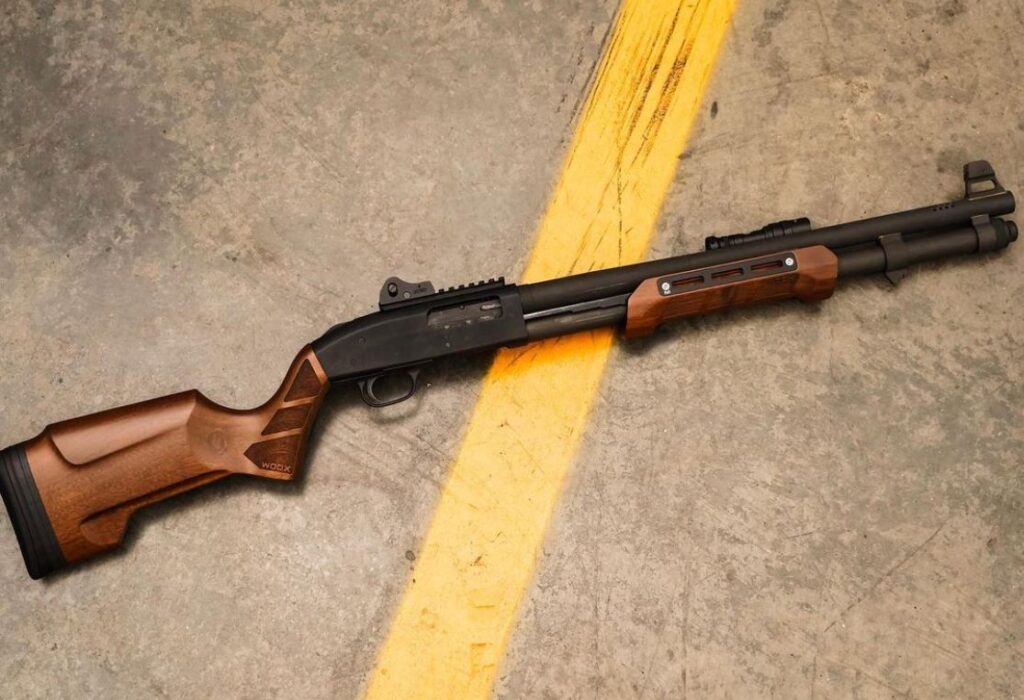
Advertisement — Continue Reading Below
I’m talking wood furniture on AR-15s, Benelli M4s, handguns wearing optics, and Surefire Uboats. When you combine the classic appeal of wood with a modern tactical weapon, I fall in love. This includes pretty much all of Woox’s products, the Mossberg Retrograde series, and similar guns.
There is something about combining old with new that creates a new era of unbeatable aesthetics. If someone produces a wood-wearing bullpup rifle, I would spend an uncomfortable amount of money.
Shrouded Heatshields
I grew up as a child of the 1990s. In the 1980s and 1990s, there were tons and tons of shrouded handguards. They had this WW2-era look that terrified gun grabbers. Remember, barrel shrouds are the ‘shoulder thing that goes up.’ In reality, they covered the barrel to prevent you from burning your hand.
Advertisement — Continue Reading Below
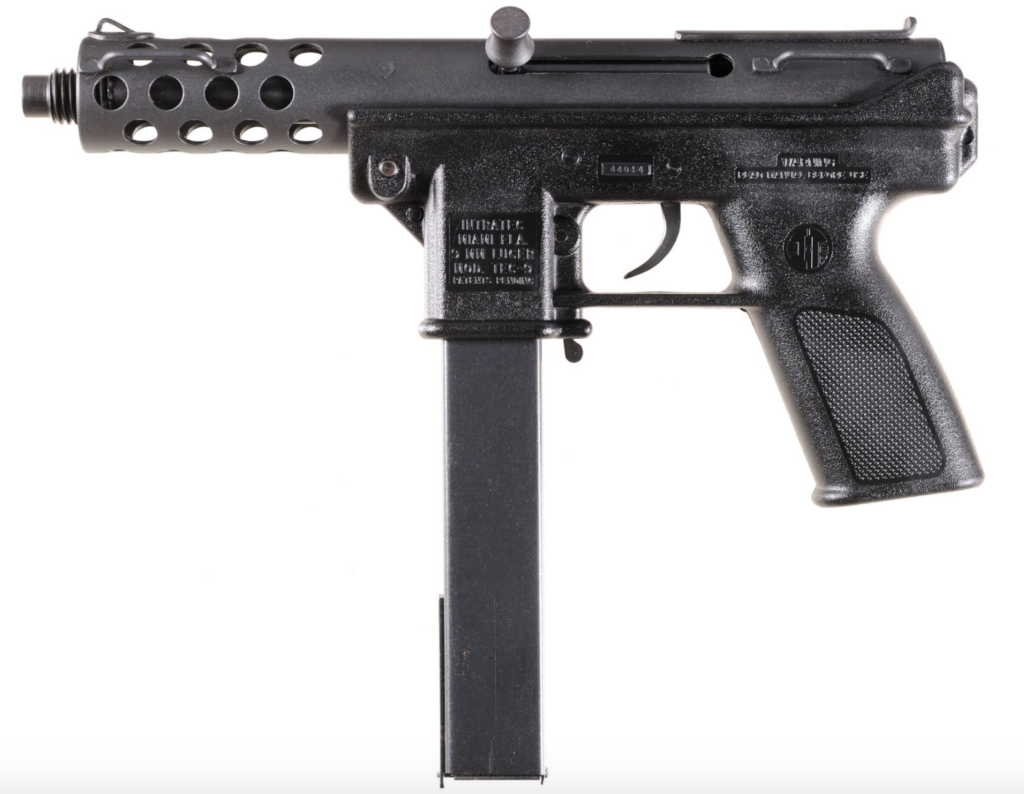
These were handguards at best. They were often made from stamped steel, round and full of holes to provide airflow to allow barrels to cool. One of the most famous examples is the TEC-9, but the concept goes all the way back to the Winchester 1897 Trench guns. The shrouded heatshields and handguards have this grim industrial look to them.
Maybe that’s why anti-gunners hate them so much. They are one of those unbeatable aesthetics that tend to be a little scary-looking, but they are not different than the handguards on any other gun. Some of these heatshields provided one of the earliest modular attachment points. Before M-LOK, you could use the holes in your barrel shroud to attach grips to your TEC-9.
Advertisement — Continue Reading Below
Art Deco Gun Design
Last but not least, I want to look at an entire generation of firearms that is long lost. I call these art deco guns. These were mostly early semi-auto pistols produced from 1900 to 1950. Art Deco guns were the product of time, and they came to be before the world had a solid concept of the best way to produce handguns.

Art Deco guns include the Savage M1907, the Whitney Wolverine, the Remington Model 51, and other similar designs. These guns are full of swoops, curves, and lines that don’t make a whole lot of sense. They certainly weren’t the most efficient guns ever produced, but they look good and represent an early era of firearms design.
Advertisement — Continue Reading Below
These days, producing some form of art deco pistol would be prohibitively expensive. You’d be paying for the unbeatable aesthetics of an Art Deco pistol rather than any functional features. Still, Remington did try with the R51, but we all saw how that went.
Looking Good
Aesthetics aren’t everything. Still, if you’re spending several hundred to thousand dollars on a gun, you should, at the very least, like what it looks like. Guns and their styles evolve over time, and I’m sure we all have our own favorites, but now you know mine.
